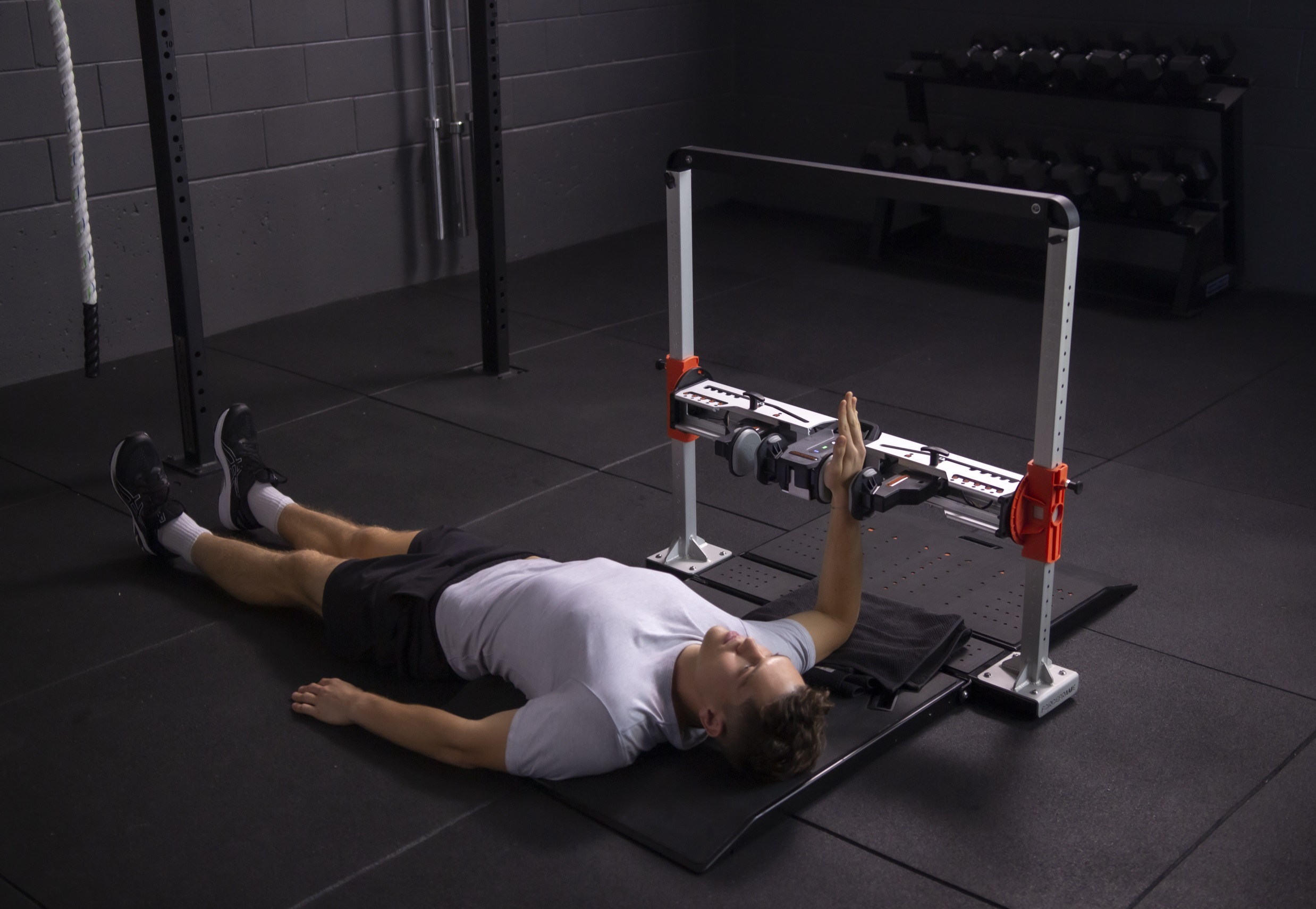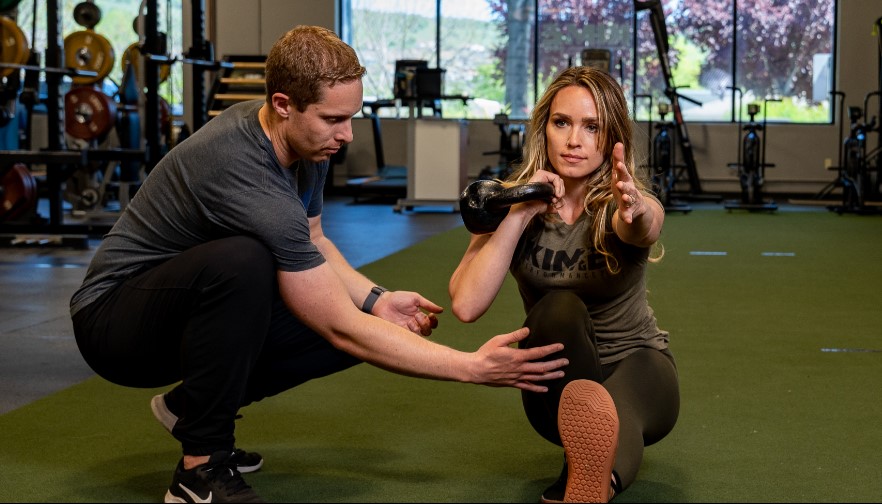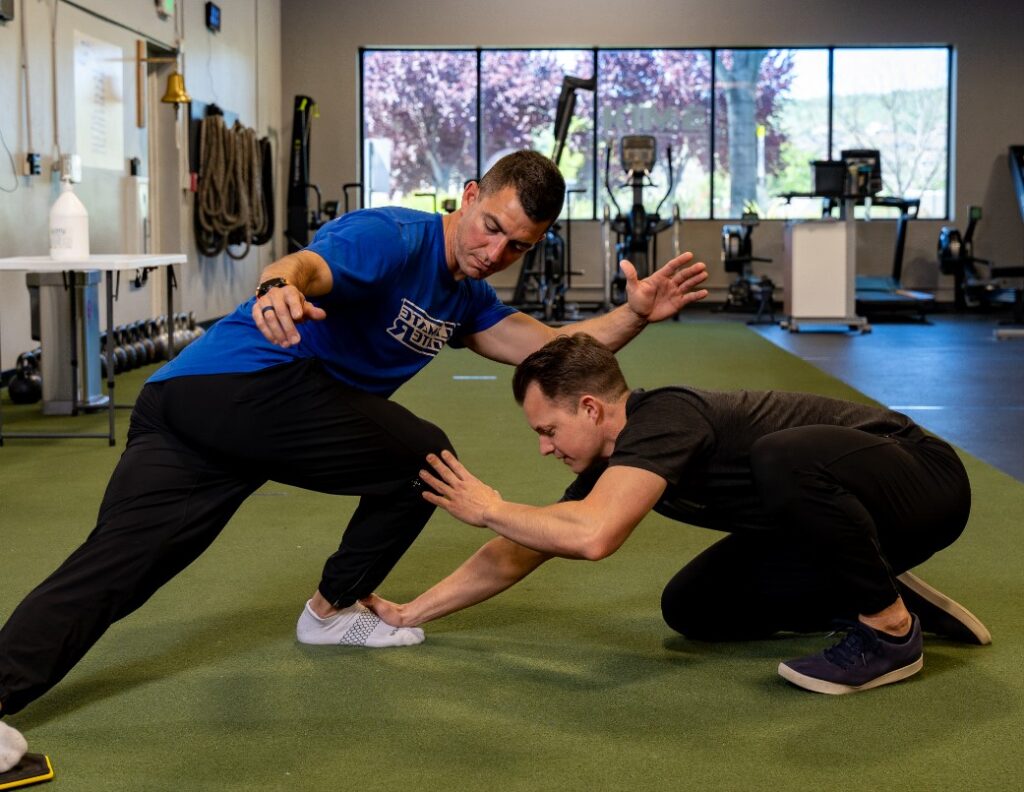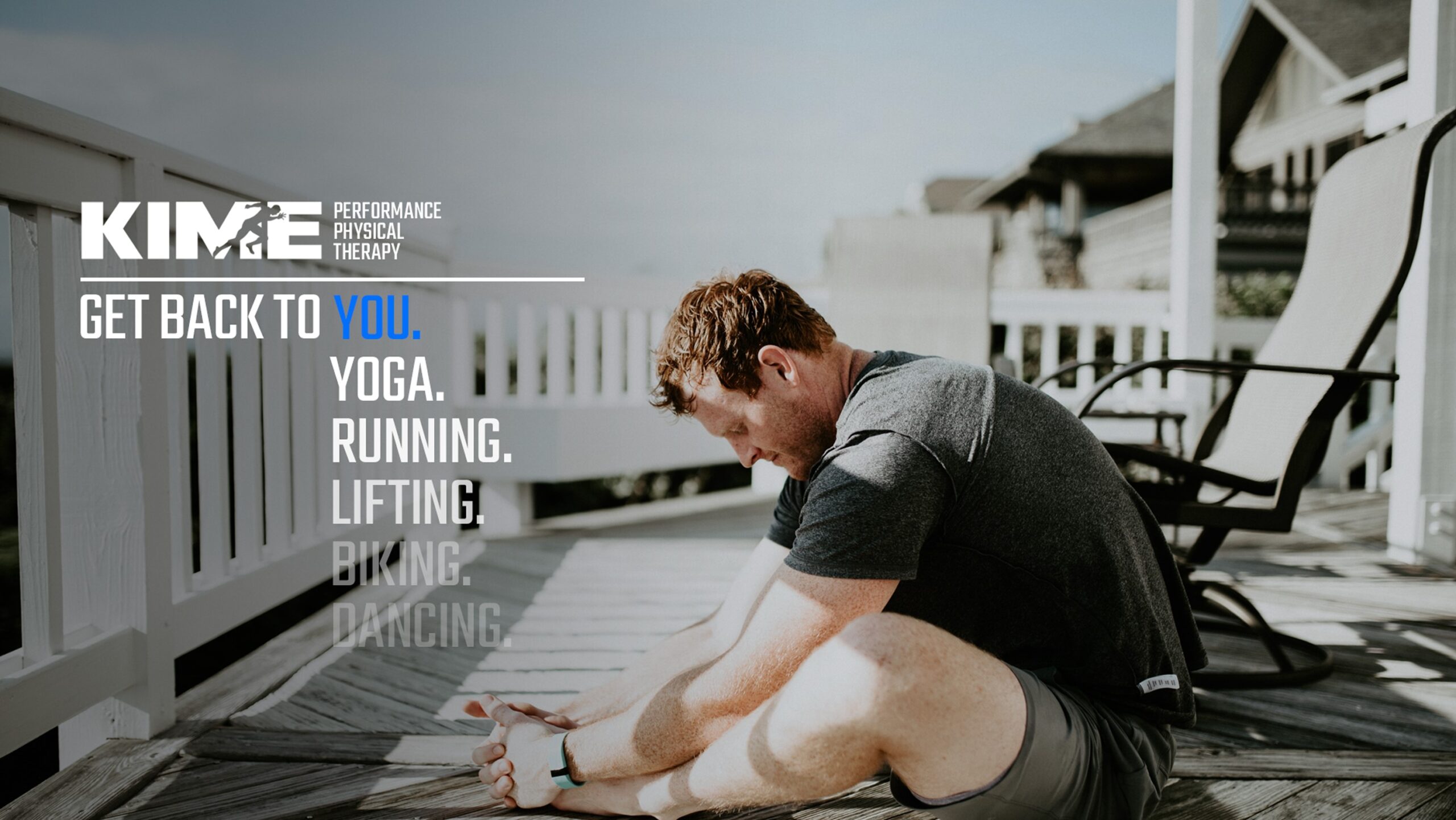our promise to you
To leave no stone unturned in the pursuit of better health. You will have a smooth process to see a well-trained and prepared provider to work with you every step of the way.
we listen to you
This seems obvious, but in healthcare, personal attention isn’t the norm. We’re not the norm. We structure time to understand you and understand your condition. Your journey of how you got here is critical to our ability to coach you to the next steps. All of your sessions will be one-on-one with the physical therapist, not passed to support staff.
WE apply science
Science has given us many fundamental rules of healing and movement. It’s common sense to apply these principles to your treatment plan. But, as we know, common sense is not so common. In our case, we can guide you to best practices in your recovery.
we measure
You can’t start down a path if you don’t know where you are. Let’s get a baseline and set goals to see progress. We use experience and cutting-edge technology to determine where to start and how to develop a path to success.


we deliver a plan
This is what you came for. You deserve to know what is going on in your body and what actions you can take to change it.

we measure
You can’t start down a path if you don’t know where you are. Let’s get a baseline and set goals to see progress. We use experience and cutting-edge technology to determine where to start and how to develop a path to success.

we deliver a plan
This is what you came for. You deserve to know what is going on in your body and what actions you can take to change it.
instagram feed
🎓 The 2026 KIME Sports Physical Therapy Scholarship is NOW OPEN! 💪
Are you a DPT student passionate about sports medicine, movement optimization, and athlete performance?
This is your chance to earn a $2,500 scholarship to support your education and future impact in the field.
🔥 What We’re Looking For:
✅ Commitment to sports physical therapy
✅ Clear vision for your career
✅ Passion for helping athletes recover & thrive
📅 Applications due: February 15, 2026
Learn more > apply through the QR code or click on the link in our bio.
#KIMEPerformance #KIMEScholarship #DPTStudent #SportsPT #MovementMatters #PhysicalTherapyLife #FuturePT #SportsMedicine

Today we honor the brave men and women who have served our country — those who stood at the tip of the spear, defending freedom and protecting what matters most.
At KIME, we recognize that performance isn’t just physical — it’s built on courage, discipline, and sacrifice.
To all veterans — including members of our KIME family and those in our extended community — thank you for your service, your strength, and your example.
#VeteransDay #KIMEPerformance #IntegrityPerformanceCommunity #ThankYouVeterans #TipOfTheSpear

Tomorrow we open the Top Performance Physical Therapy and Training center in Nevada! The best PT’s in the business and the best facility in the state! The new facility will be amazing, but not as good as the people that make it great everyday!

MAKING DATA MEANINGFUL — Force Plates → Programming
If your force plate isn’t changing your program, it’s just decor. In 45 minutes we’ll:
• Dissect the force–time curve (unweight → brake → propel)
• Target RSI/mRSI, impulse, DSI, asymmetry—and ignore the noise
• Flip outputs into strength vs. SSC decisions you can use tomorrow
🗓 Wed, Oct 15 • 12:00–12:45 PM PT
🎙 Jonathan Sandburg, DPT, CSCS (KIME Fellow)
👉 Reserve your spot: Link in bio
#SportsPT #StrengthAndConditioning #Biomechanics #HumanPerformance #ReturnToSport #DataToDecisions #KIMEPerformance

"You can feel the energy here. Everyone is trying to be excellent — and it pushes me to be better, too."
That’s how one of our team members described working at KIME.
And that energy? It starts with our Customer Service Team.
We’re hiring a Customer Service Agent — someone who thrives in a fast-paced environment, takes pride in delivering exceptional service, and wants to be part of a team where everyone is striving for excellence.
At KIME, our admin team is a core part of the patient experience — from the first phone call to the moment someone walks out stronger. We show up for our clients and for each other.
What you’ll get:
🔹 Full suite of benefits (Medical, Dental, Vision, PTO, 401k)
🔹 Monthly bonus potential
🔹 Supportive, high-performance team
🔹 A workplace where you’re seen, heard, and appreciated
📍Hybrid Remote | El Dorado Hills
Ready to bring the energy?
Apply now: Click on the careers link in our bio.
#KIMEPerformance #NowHiring #CustomerServiceJobs #HealthcareAdmin #JoinOurTeam #TeamworkMatters #PatientExperience #EmployerOfChoice



